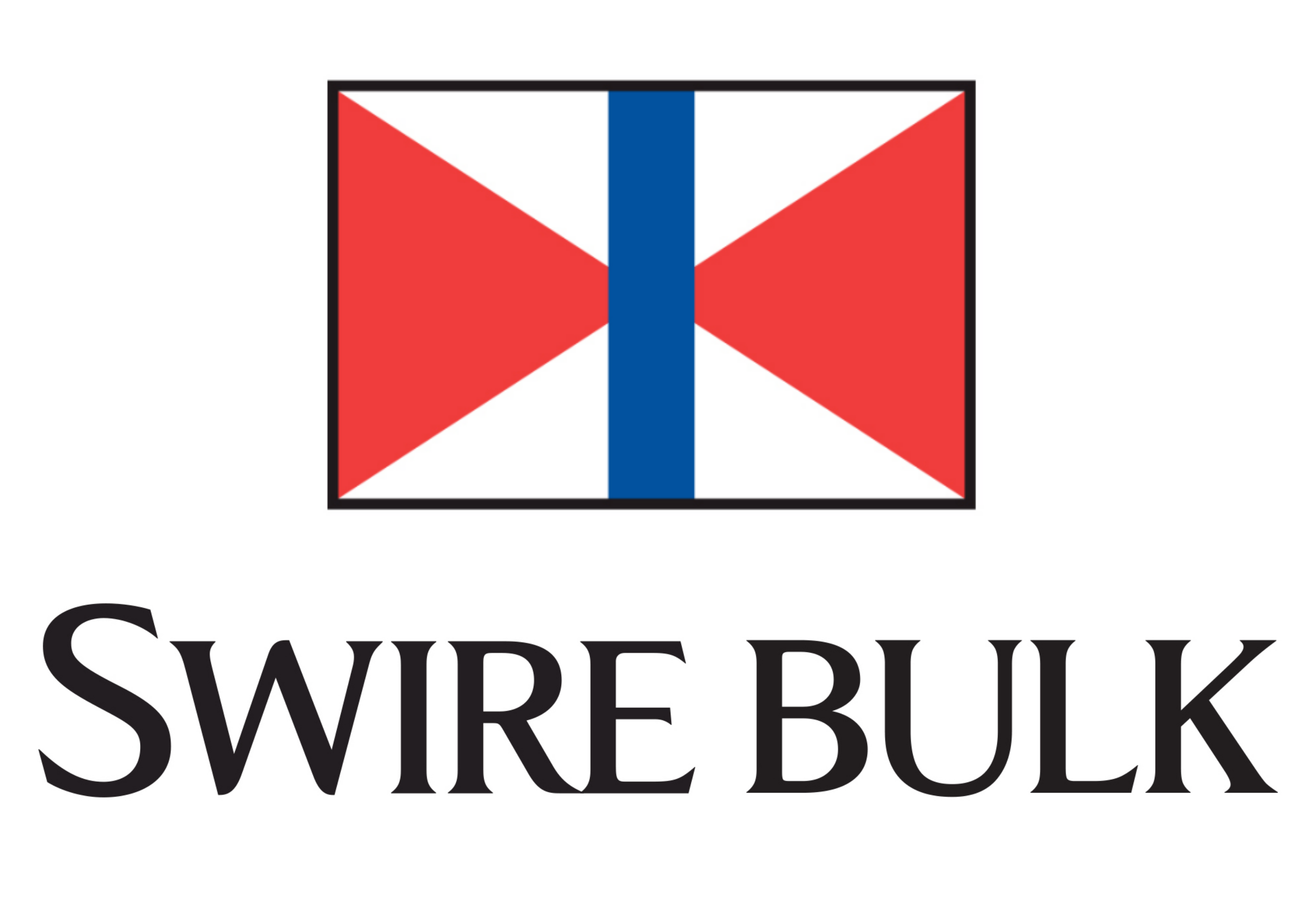
If 2020 was the year the music stopped in many markets, 2021 will be remembered as the year Governments invited the world back into the dancehalls for a party unlike any other.
Already, stimulus spending has outstripped the Global Financial Crisis (GFC) bailouts in their quantum by almost 400%, such is the size, scale and scope of Government stimulus and bailouts worldwide.
From a shipping and freight demand perspective, this has sent seaborne trade volumes off the charts…literally.
In the chart below, the light grey shaded channel represents a 10-year history of cargo voyage numbers, whilst the yellow line represents cargoes loaded on dry bulk vessels since the beginning of 2021 and is off the scale.

So far, 2021 has brought decade high grain, coal and iron ore demand, along with demand in new world commodities, such as spodumene, copper and nickel that drive new alternative energy technologies.

As global supply chains struggle to keep up with soaring commodity demand, vessel utilisation metrics are pushed higher as vessels that would normally be loading and transporting cargoes get caught up in queues, thus driving down the supply of vessels and driving up their demand. In less than three months, daily hire rates for dry bulk vessels have more than doubled and continue making daily and weekly gains.
In the short term, the paper markets reflecting the forward demand for vessels resemble Bitcoin charts and, for now, it’s happy days for vessel owners. With the Baltic Forward Freight Agreement (FFA) swaps market all moving higher into the later parts of this year and next year, seeing buying interest from speculators and hedgers alike, it would appear we are set for a lower floor in rates, even if there’s a pullback from this already month long rally.

Other Opinions You Might Be Interested In…

